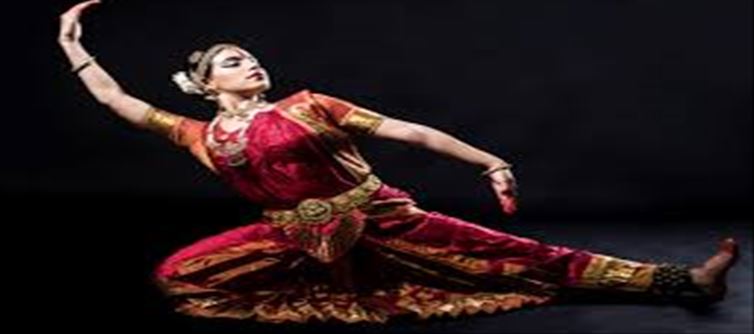
Indian classical dance forms, such as Bharatanatyam and Kathak, have deep connections with the practice of yoga. yoga, with its focus on the union of body and mind, offers significant benefits for dancers by enhancing flexibility, strength, concentration, and overall performance. Here’s a closer look at how yoga complements indian classical dance and can enhance a dancer’s practice.
Yoga and Classical Dance: An Intrinsic Connection
1. Enhancing Flexibility and Strength:
Yogasanas (Yoga Poses): Incorporating specific asanas into a dancer’s routine can improve flexibility and build strength. For Bharatanatyam dancers, poses such as Bhujangasana (Cobra Pose), Marjarasana (Cat-Cow Pose), Veerabhadrasana (Warrior Pose), Utkata Konasana (Goddess Pose), Setu Bandhasana (Bridge Pose), and Vrikshasana (Tree Pose) are particularly beneficial.
Surya Namaskar (Sun Salutation): Performing surya Namaskar, which consists of twelve asanas, strengthens the entire body, improves balance, and enhances stamina, making it an excellent warm-up and conditioning exercise for dancers.
2. Improving Concentration and Breath Control:
Pranayama (Breath Control): Techniques like Pranayama enhance breathing capacity, which is crucial for maintaining endurance and focus during performances. Improved breath control helps dancers manage their stamina and maintain better rhythm and synchronization with their movements.
Meditative Aspects: yoga encourages a meditative state of mind, which helps dancers achieve mental clarity and focus, essential for executing complex choreography and maintaining emotional depth in performances.
3. Alignment and Posture:
Body Awareness: yoga promotes better body alignment and posture, which are critical for classical dance forms. Poses and exercises that strengthen the core and improve balance contribute to more precise and controlled movements.
Injury Prevention: Regular yoga practice can also help in preventing injuries by increasing flexibility, strengthening muscles, and improving joint stability, allowing dancers to perform with greater ease and safety.
Yoga as a dance Practice
Indian classical dance itself can be seen as a form of yoga—an integration of body movements and the soul. Each dance form involves intricate footwork, hand gestures, and facial expressions, requiring a high level of concentration and coordination. The performance of dance, much like yoga, is a union of the dancer’s physical self with the character they portray, creating a harmonious expression of art and emotion.
1. Meditation Through Movement:
Transformative Experience: The practice of dance can be a meditative experience, where the dancer immerses themselves fully in the performance, transforming their soul and transcending the ordinary. This spiritual connection mirrors the meditative and transformative aspects of yoga.
2. Holistic Development:
Integration of Mind and Body: Just as yoga seeks to unite the mind and body, classical dance aims to create a holistic expression through physical movement and emotional depth. The discipline required for both practices fosters a deep sense of self-awareness and personal growth.




 click and follow Indiaherald WhatsApp channel
click and follow Indiaherald WhatsApp channel